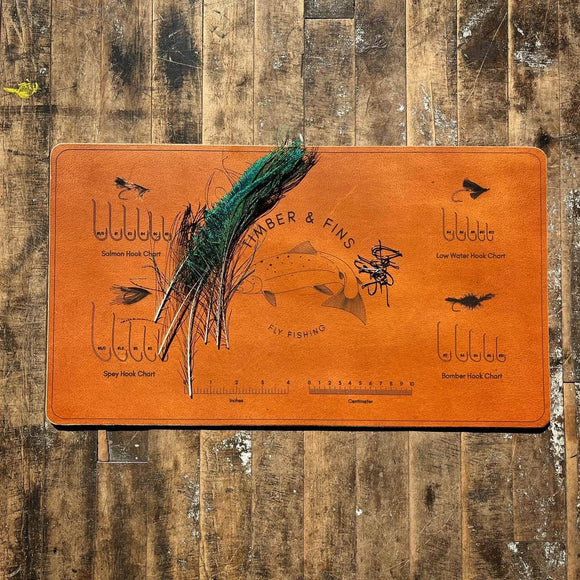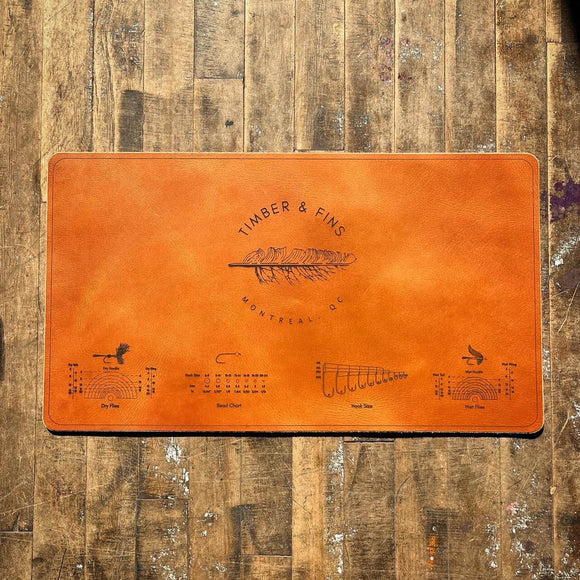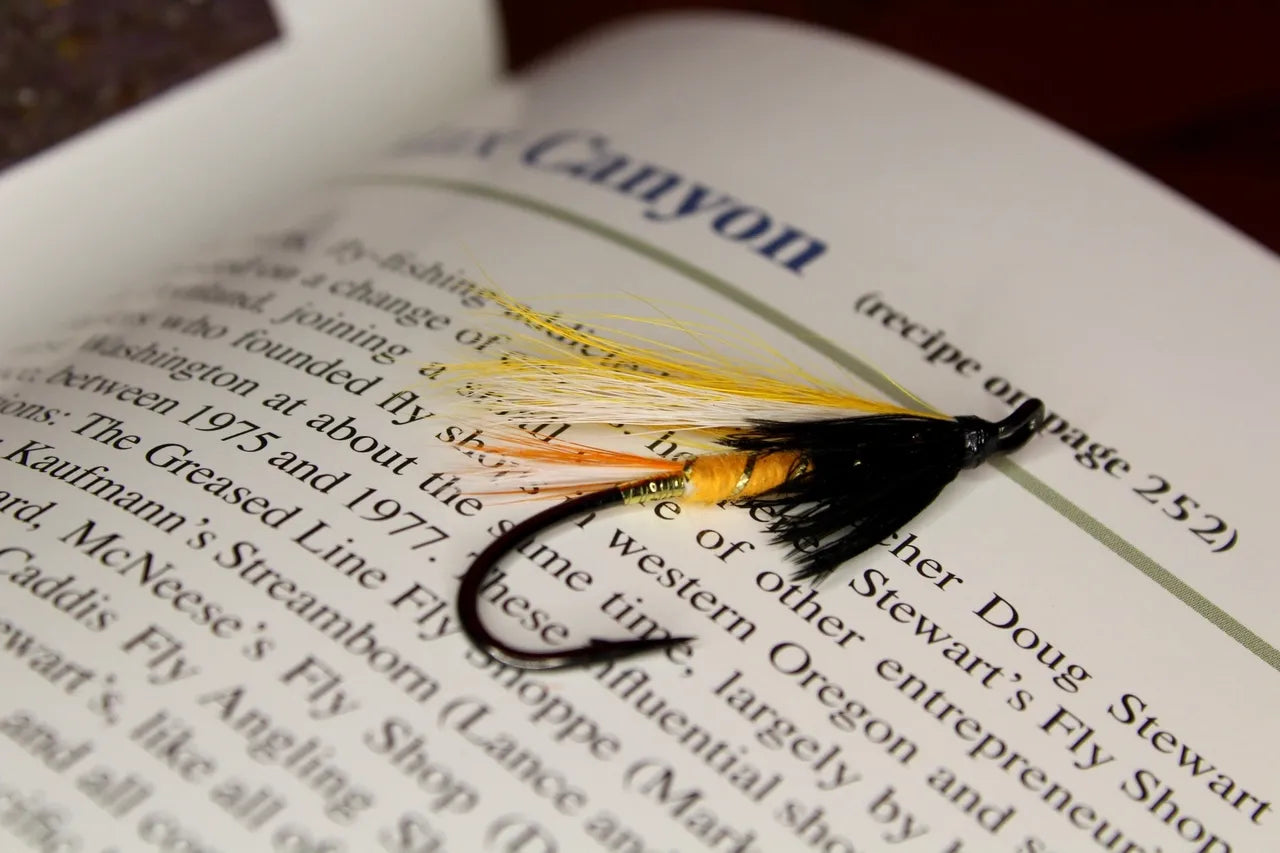By Kenzie Kozera
While I have yet to cast a fly in pursuit of steelhead, the species presents like a mythical creature in my mind. While Atlantic salmon are without a doubt the fish that is closest to my heart, thoughts of someday gracing famed steelhead rivers such as the Deschutes, Rogue, Columbia, or the Skeena and its tributaries provide fuel for day dreaming. In the meantime, I have had the ability to help fill the fly boxes of anglers, who then swing my flies through these waters that are steeped in history. To learn of one of my creations bringing large, chrome bright steelhead to hand, provides a secondhand excitement that is truly appreciated by me.
It is this interest in steelhead and of course the flies tied in pursuit of this bounty that has driven much of my fly tying in recent year. Particularly, I have enjoyed reading literature from steelhead tying royalty, such as Dec Hogan, John Shewey, or Bob Veverka to name a few. To learn of the history behind some of the classic patterns has also helped me identifying the overlap of flies which would also possibly be productive when targeting Atlantic salmon.
Upon browsing through Shewey's Classic Steelhead Flies, the "Max Canyon" immediately stuck out to me. Developed in the 1970s, this creation of Doug Stewart’s was designed for the Deschutes River. While becoming very popular on its own, the Max Canyon is also said to have inspired the design of many other well know two-toned body PNW hairwings. With a mixture of bright tag, and the orange and black profile, the pattern also makes me think of chasing fall salmon on a number of my local rivers in Nova Scotia...
Recipe:
Hook: up-eye salmon single (Partridge M2)
Tag: Gold tinsel
Tail: Orange over white hackle fibers
Body: rear 1/3 orange wool, front 2/3 black wool
Rib: Gold oval tinsel
Collar: black hackle (hen saddle)
Wing: Orange over white bucktail
Head: black thread
Step by step instructions:







FLIES


Steelhead Fly Pack


Salmon Fly Pack - #1


Salmon Fly Pack - #2

Black Silver Tip
FLY TYING


Salmon Fly Tying Leather Mat


Fly Tying Leather Mat


Heritage Fly Tying Leather Mat






